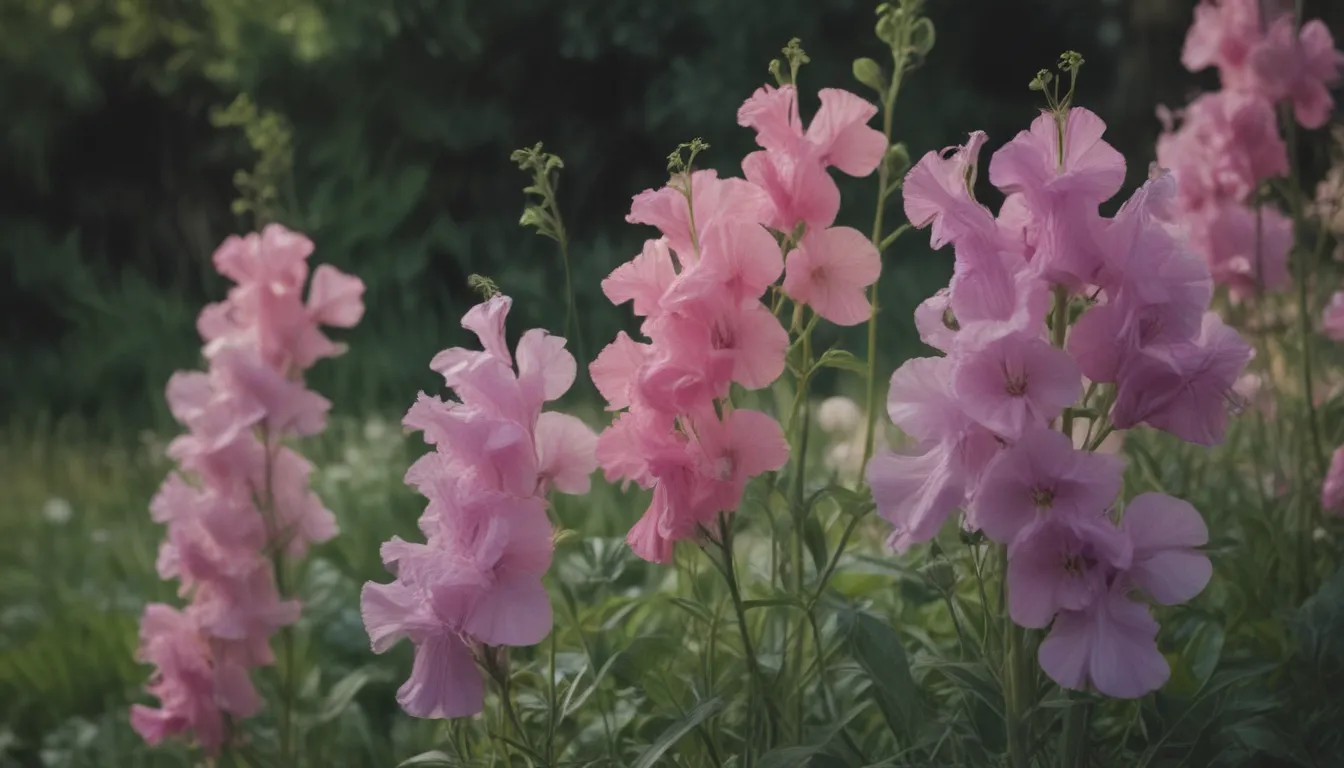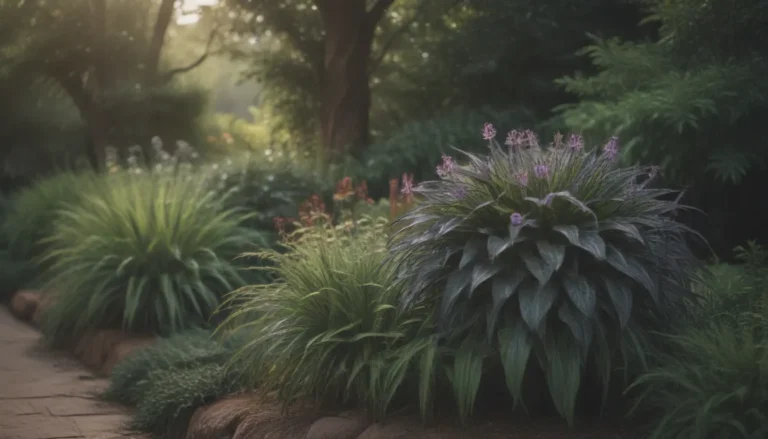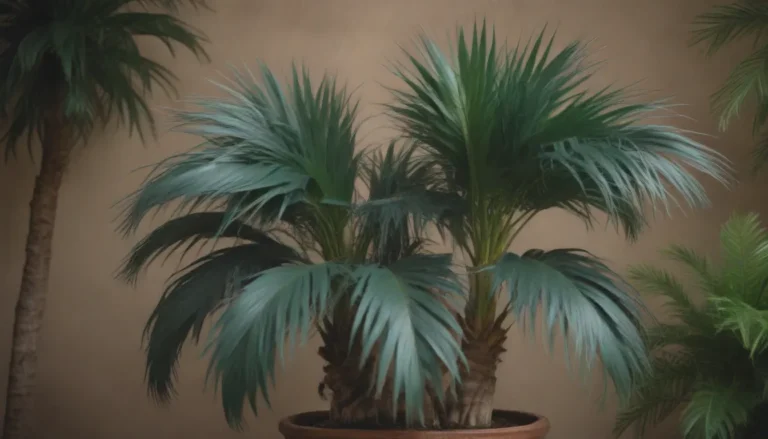The Complete Guide to Growing and Caring for Sweet Pea Shrub

Are you looking to add a touch of beauty and elegance to your garden? Look no further than the sweet pea shrub. This leggy, fast-growing evergreen shrub with stunning flowers is sure to impress any gardening enthusiast. In this comprehensive guide, we will explore everything you need to know about how to grow and care for the sweet pea shrub. From planting to pruning to propagation, we’ve got you covered.
Introduction to the Sweet Pea Shrub
The sweet pea shrub, scientifically known as Polygala × dalmaisiana, is a hybrid plant that combines the best of two South African species – P. opposistifolia and P. myrtifolia. It is also sometimes referred to as Polygala myrtifolia grandiflora. With lovely foliage that remains evergreen down to about 40 degrees Fahrenheit, and striking purple-pink flowers that resemble those of the sweet pea plant, this shrub is a real showstopper.
What You Need to Know: Sweet Pea Shrub Care
Taking care of a sweet pea shrub is relatively easy, as long as you provide it with the right conditions. Here are some essential care tips to keep your plant happy and thriving:
Light
- Full sun or lightly dappled positions are ideal for the sweet pea shrub to ensure abundant flowering.
- Too much shade can result in a leggy plant with few blossoms.
Soil
- Sweet pea shrub can grow in a wide variety of soil types but prefers well-drained, fertile soil rich in organic matter.
- Avoid overly wet and heavy soil, and aim for a slightly acidic pH.
Water
- Water regularly, especially during the establishment phase, to prevent the soil from drying out.
- Give the plant about one inch of water each week, unless there has been sufficient rainfall.
- Once established, sweet pea shrub can tolerate short droughts, but extended dry periods can be detrimental.
- Mulch around the base of the plant to retain moisture and protect it during winter.
Temperature and Humidity
- Sweet pea shrub thrives in warm, frost-free climates (zones 9 to 11).
- It can withstand temperatures as low as 20 degrees Fahrenheit for short periods but dislikes prolonged cold and damp conditions.
Fertilizer
- Use a balanced slow-release fertilizer in the spring to promote strong blooming.
- In regions with long blooming periods, a second feeding in the fall may be beneficial.
- Container plants may require monthly light feeding.
Types of Sweet Pea Shrub
While there are no commonly sold named cultivars of sweet pea shrub, there is a related plant called Polygala fruticosa, or dwarf sweet pea shrub. This compact variety, with cultivars such as “Petite Butterfly,” “Africana,” and “Southern Shore,” is perfect for containers due to its smaller size.
Pruning and Propagating Sweet Pea Shrub
To keep your sweet pea shrub looking its best, regular pruning is essential. Remove sparsely blooming lower stems to encourage more abundant flowering. Propagating sweet pea shrub from softwood cuttings at the start of summer is an effective way to expand your plant collection.
Growing Sweet Pea Shrub From Seed
While the standard sweet pea shrub is a hybrid that does not produce true seeds, the similar species P. fruticosa can be propagated from seed. Follow these steps for successful seed germination:
- Plant seeds indoors in small pots or trays filled with potting mix.
- Keep the soil moist and provide plenty of bright indirect light.
- Transplant seedlings outdoors when temperature conditions are suitable.
Potting and Repotting
Although sweet pea shrubs are typically large plants, they can thrive in containers with proper care. Use commercial potting soil in a well-draining container and water and feed regularly. In winter, move container plants to a sheltered outdoor location.
Overwintering and Common Pests
In most cases, sweet pea shrubs do not require winter protection, but in colder climates, mulching or sheltering can help prevent frost damage. Common pests such as whiteflies and aphids can be controlled with horticultural oils or pesticides.
How to Encourage Blooming and Common Problems
For optimal flowering, provide full sun, regular pruning, and balanced fertilization. If your sweet pea shrub becomes leggy and sparse or develops yellowing leaves, adjust watering and consider pruning to rejuvenate the plant.
Wrapping Up
In conclusion, the sweet pea shrub is a beautiful addition to any garden, providing year-round interest with its evergreen foliage and vibrant flowers. By following the care tips outlined in this guide, you can ensure that your sweet pea shrub thrives and continues to delight for years to come. Whether grown in the ground or in a container, this versatile plant is sure to enhance your outdoor space.
So why wait? Start growing and caring for sweet pea shrub today and enjoy the beauty it brings to your garden!





